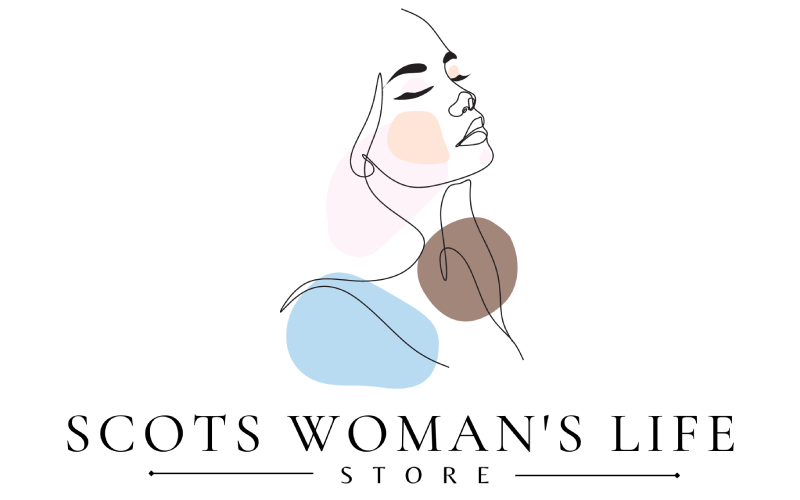Cats possess a remarkable communication style, and gaining insight into their behavior is crucial for fostering a deep and meaningful connection with your feline companion. While cats may not use words to express themselves, they communicate through various body language, vocalizations, and behaviors. Join us as we delve into the captivating realm of cat behavior, unraveling the mysteries of feline communication.
1. Tail Language
A cat’s tail is an essential indicator of its mood and intentions. A relaxed and upright tail typically signifies a content and confident cat. A tail held low or tucked between the legs is a clear indication of fear or submission in cats. A gracefully swishing tail may indicate a state of excitement or irritation, while a puffed-up tail serves as a visual cue signaling aggression or fear in cats.
2. Purring
Purring is a well-known sign of contentment and relaxation in our feline companions. However, cats also purr when they are anxious, in pain, or seeking attention. Understanding the context and accompanying body language will help determine the meaning behind the purring behavior.
3. Body Posture
A cat’s body posture communicates volumes about its mood, providing valuable insights into its state of mind. A relaxed and open posture with ears facing forward signifies a calm and friendly cat, while an arched back, raised fur, and pinned-back ears indicate fear or aggression. Additionally, a crouching position signifies that the cat is poised and ready to pounce or engage in playful activities.
4. Eye Contact
Eye contact with cats is a complex form of communication. When your cat gives you a slow blink, it is often interpreted as a heartfelt gesture of trust and affection. On the other hand, dilated pupils can indicate a range of emotions, such as excitement, fear, or aggression, reflecting the intensity of your cat’s current state of mind. Avoid staring directly into a cat’s eyes, as it may be seen as a threat.
5. Kneading
Kneading is a delightful behavior in which cats rhythmically push their paws in and out against a soft surface. This endearing action is commonly associated with feelings of contentment and relaxation, as it harkens back to their kittenhood when they kneaded their mother’s belly to stimulate milk production.
6. Scratching
Scratching is an innate behavior for cats that serves multiple purposes and is vital to their overall well-being. It helps them stretch their muscles, mark their territory through scent glands in their paws, and maintain their claws. Provide appropriate scratching posts to redirect this behavior and protect your furniture.
7. Rubbing Against You
When a cat rubs against you or rubs its face on objects, it is marking you or the object with its scent. This behavior is a display of ownership and affection. It is a way for cats to establish their territory and bond with their owners.
8. Hissing and Growling
Hissing and growling are defensive behaviors exhibited when a cat feels threatened or agitated. It serves as a warning to potential intruders or to communicate discomfort. Give the cat space and try to identify the source of their distress.
Conclusion
Understanding cat behavior is an ongoing process that requires observation and patience. By paying attention to their body language, vocalizations, and behaviors, you can gain valuable insights into your cat’s needs and emotions. This understanding will strengthen the bond between you and your feline friend, ensuring a harmonious and fulfilling relationship for years.

